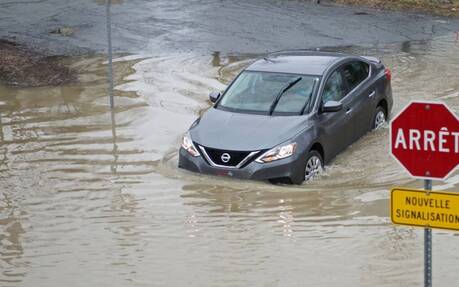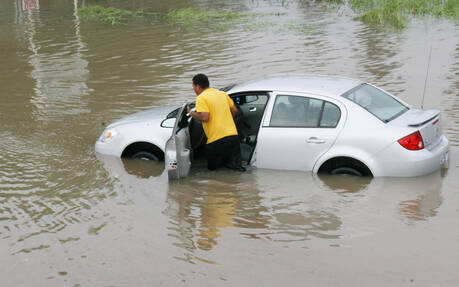How to Deal With a Flooded Car
Imagine this: you come out of your house to get into your car and suddenly realise that you’ve left your windows open (might be your roof if it’s a convertible) when you parked it the night before. It’s been raining all night; the seats are soaking wet and there are puddles on the floor. What a nightmare!
A serious water infiltration problem in a sunroof can also allow a good amount of water in. Or your vehicle might be caught in a flood and filled with mud … In this case, it’s an act of God, but no less frustrating.
- Also: Scores of Jeep, Dodge Vehicles Flooded at Shipping Yard
- Also: The Reasons to Choose Specialty Insurance For Your Collector Car
To determine the extent of the damage with precision, you’ll need to deal with a specialist. Of course, your auto insurance company is there to assist you: they’ll give you a report showing all the areas that need repair, the parts that need replacing, and an estimation of the cost.

With this information, you can decide whether or not you want to call in your insurer to pay for the work, minus the deductible. Your vehicle is a wreck, done for? The protections called “all-risk” cover all damages and generally, you’ll be compensated quickly.
According to CAA-Québec, a vast majority of the flooded vehicles are declared as total losses. This status appears in the vehicle’s file and registration document after a declaration by the owner, an insurer or an administrative authority. Why? To guarantee that the vehicle will not be put back on the used market, not even with the “seriously damaged” mention.
In short, you should take your time to choose a good auto insurance policy, stay on the look-out for any sign of moisture or water infiltration … and be careful when you park your car!
